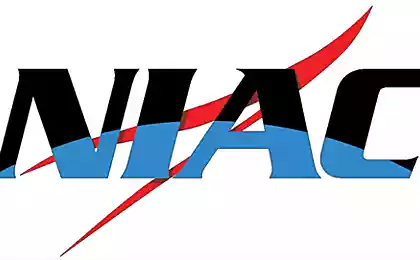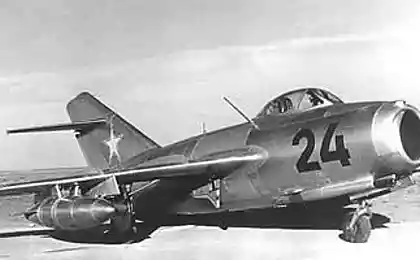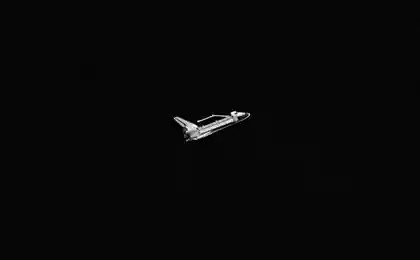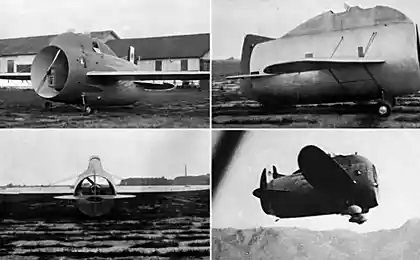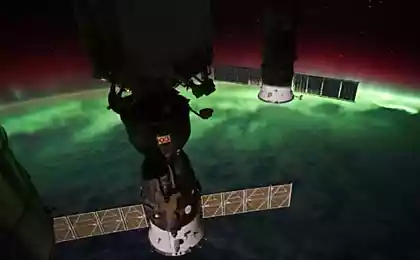1055
NASA presented the idea of the future aircraft
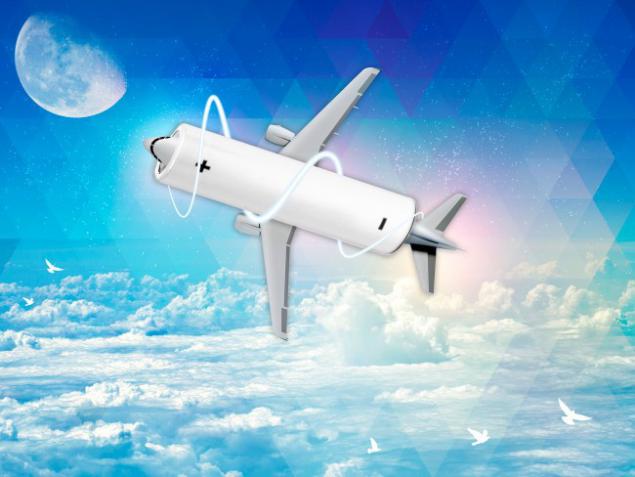
In science, there is always a place for fantastic ideas. It is known in NASA, which arranged a competition on the theme of incredible aircraft of the future. They must be built on entirely new principles and are able to radically change the aircraft. The group of experts made 17 teams.
The project Convergent Aeronautics Solutions (CAS) for further study selected six ideas in four categories: 1) safe and effective global action; 2) ultra-efficient commercial vessels; 3) engines with low emission of carbon dioxide; 4) guaranteed autonomy.
Under the terms of each team must be composed of at least one engineer from NASA aeronautics centers in Virginia, California and Ohio. That is absolutely crazy presentations could not be. In fact, the competition was held for engineers NASA.

From left to right: 1) safe and effective global action; 2) ultra-efficient commercial vessels; 3) engines with low emission of carbon dioxide; 4) guaranteed autonomy i>
Four very different competitive categories and somewhat contradictory. This is fundamentally different questions. For example, the first category requires a systematic approach, and the second - the design of specific missions, as is done for space missions of NASA.
So, to the winners.
Multifunctional structure with energy storage
The problem of electric power plants - the weight and volume of batteries that need to be stored inside the aircraft. But what if the material from which made the transport ship used as a battery? Advances in materials science, chemistry and nanotechnology can make this possible.
Operating system for the UAV
It is unknown how the internal logic / software drones will respond to unexpected situations such as a sudden deterioration in the weather or other close podletevshy aircraft that require an instantaneous change in the course and conduct. With the current approach such situations and the response to them must be included in the program in advance. But the question arises: is it possible to use innovative programming techniques and advanced artificial intelligence to create a UAV that will take action on their own, without human intervention - such as the consistency and predictability of action, which would take a certified pilot?
technology of adaptive composite aerostruktur
In recent years, progress has been made in the production and use of composite materials for the manufacture of aircraft. At the same time, we have advanced technology such as the adaptation of the shape of wings for flight conditions. The question is whether it is possible to combine these two technologies, that is, create a heavy-duty, lightweight composite structures that are both flexible and change shape as needed.
Hybrid electric propulsion system with high voltage
The problem with the introduction of electric propulsion systems for airplanes - how to make the entire electrical system as efficient and lightweight.
A potential solution could be found in finalizing the engines of high voltage alternating current, which are now used in ground-based systems to significantly reduce the size and weight of the equipment required.
At the same time, it should examine the potential of technology insulation materials with self-healing. The idea is that when an insulation fault pulse current of high voltage causes a chemical reaction that leads to the restoration of the original isolation.
Learn to Fly
Historically, the process of design, construction, testing and certification of the new vessel could take years and cost a lot of money. The question is, how much we have progressed in the understanding of aerodynamics and physics of flight, to create a computer program to simulate the test flights and to avoid testing in reality.

Learn to fly. Digital twin plane i>
Digital twin plane
The same group of researchers suggests using "digital double" aircraft to simulate the aging of the ship and all its individual components (including time and external factors), to anticipate the problems and fix them.
The viability of the six concepts tested in the next two years. Of course, the results may be that none of them has been tested for some reason - price, technology and the laws of physics. But this does not mean that the projects can not be realized in the future. Who knows, because in the future, even the laws of physics can be updated as a result of scientific discoveries. Did you fly on an airplane? Yes No Voted 178 people. 18 people abstained. Only registered users can participate. Sign , please.
Source: geektimes.ru/post/252484/










